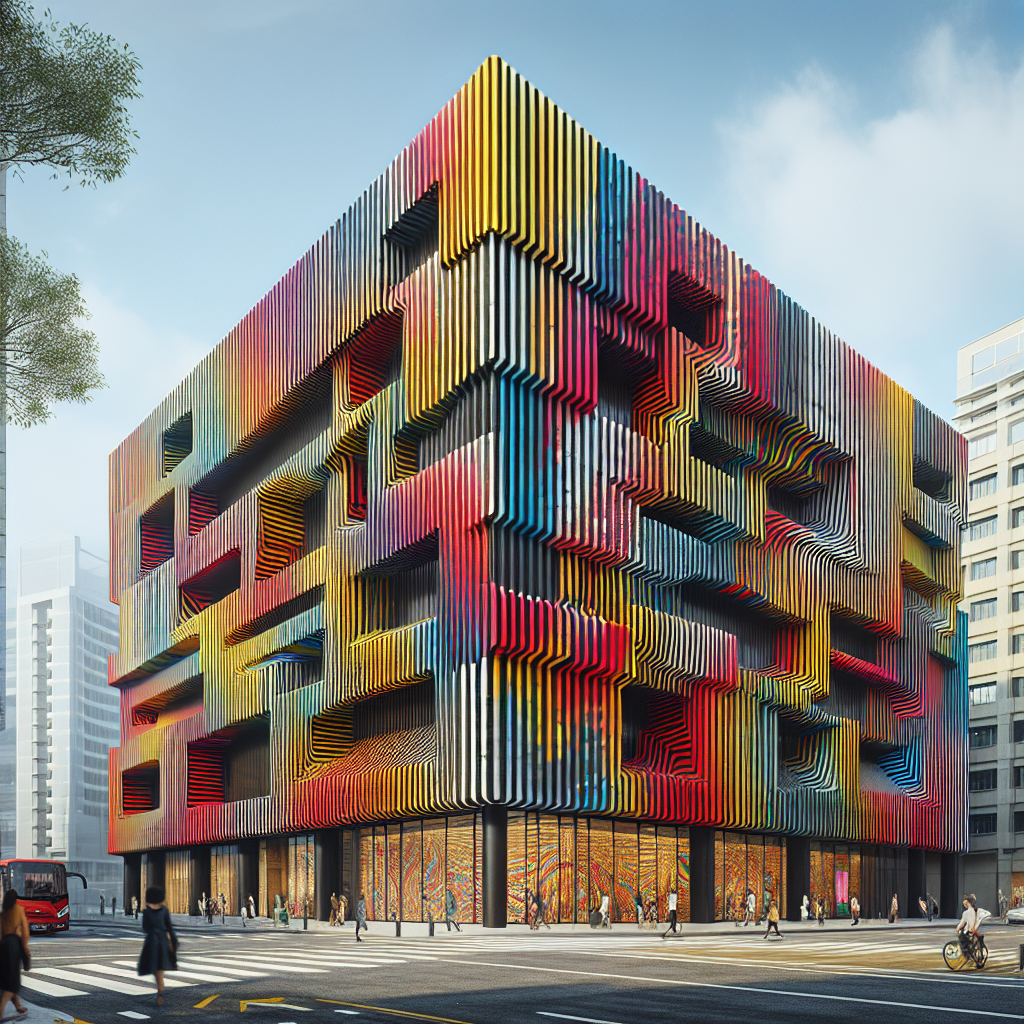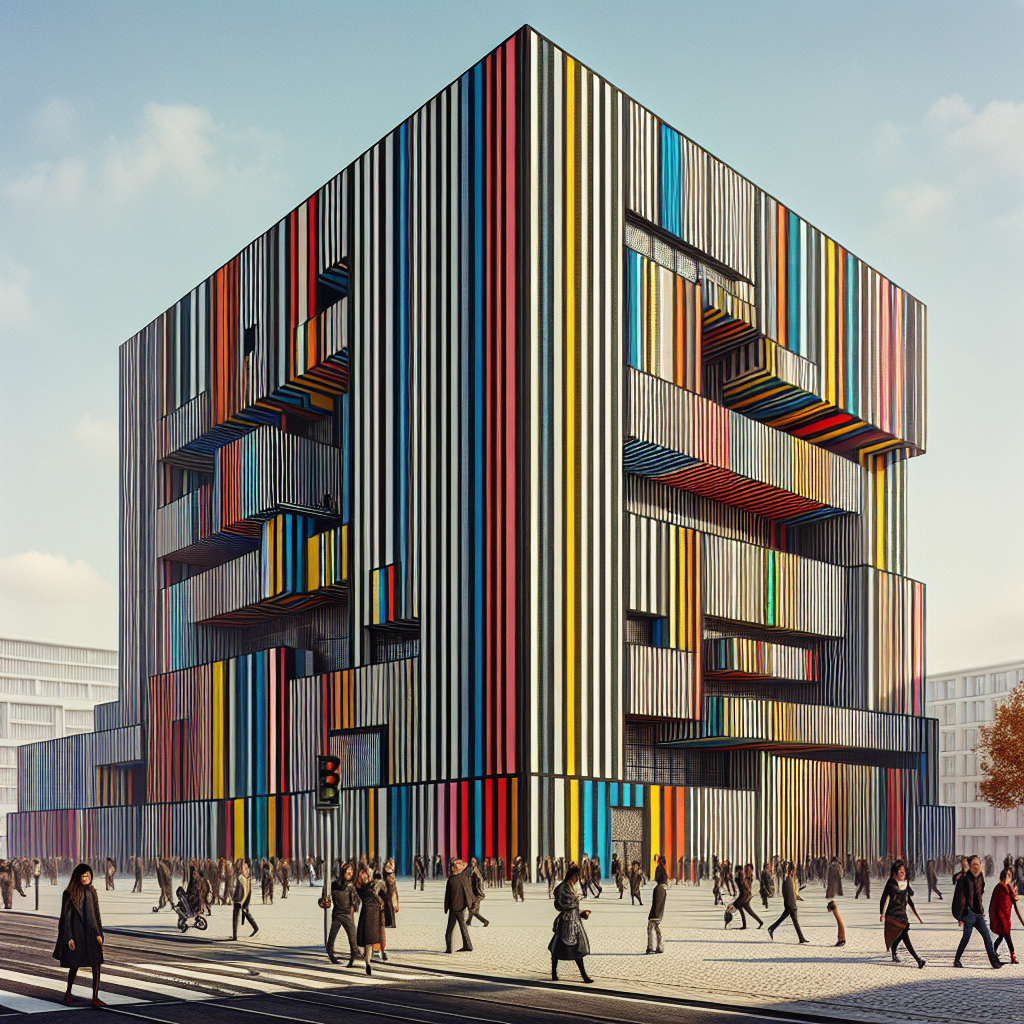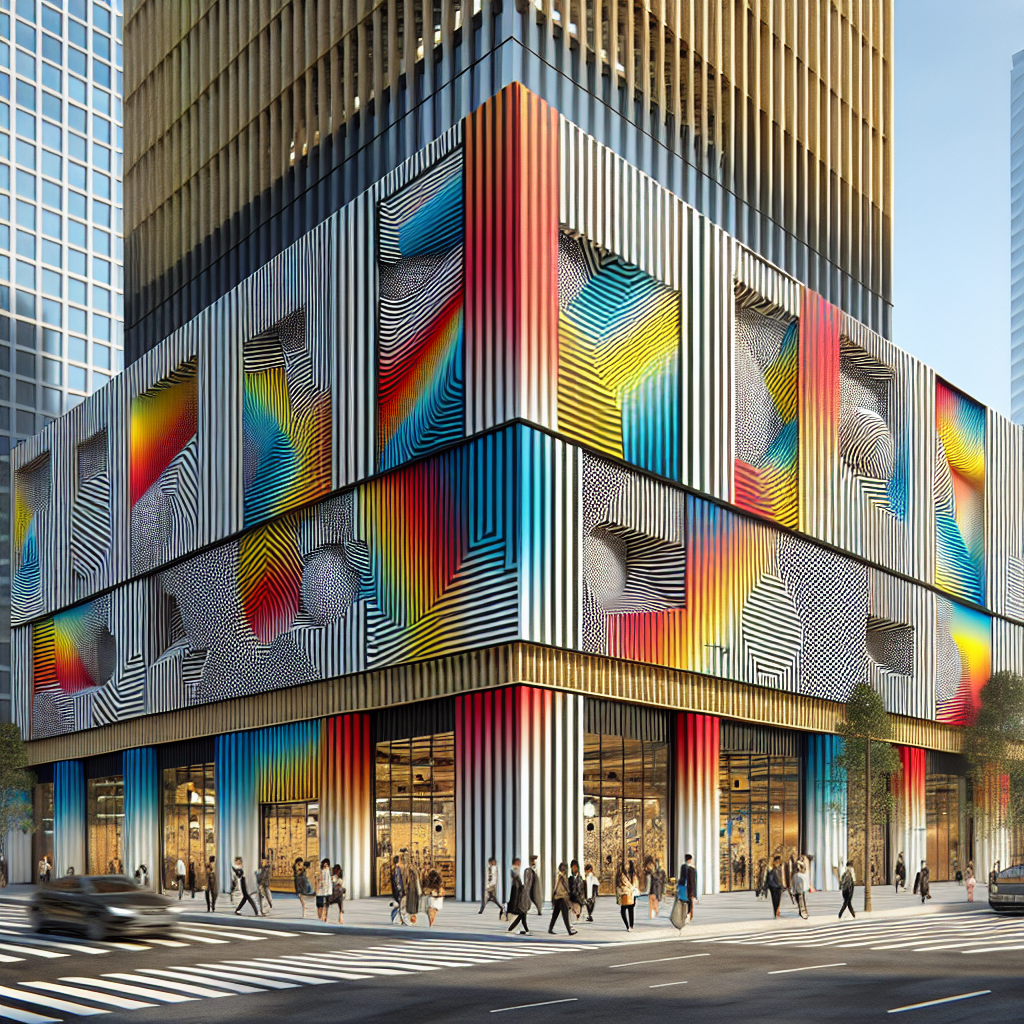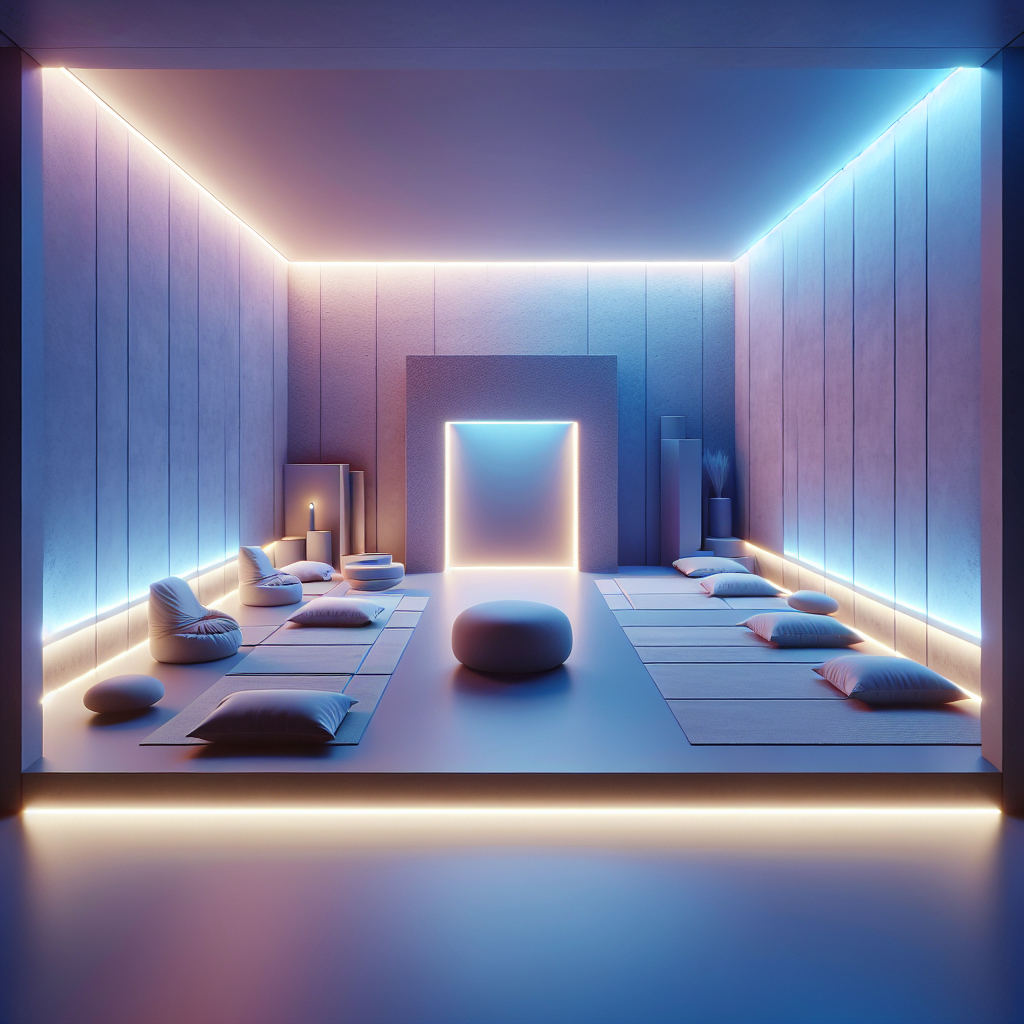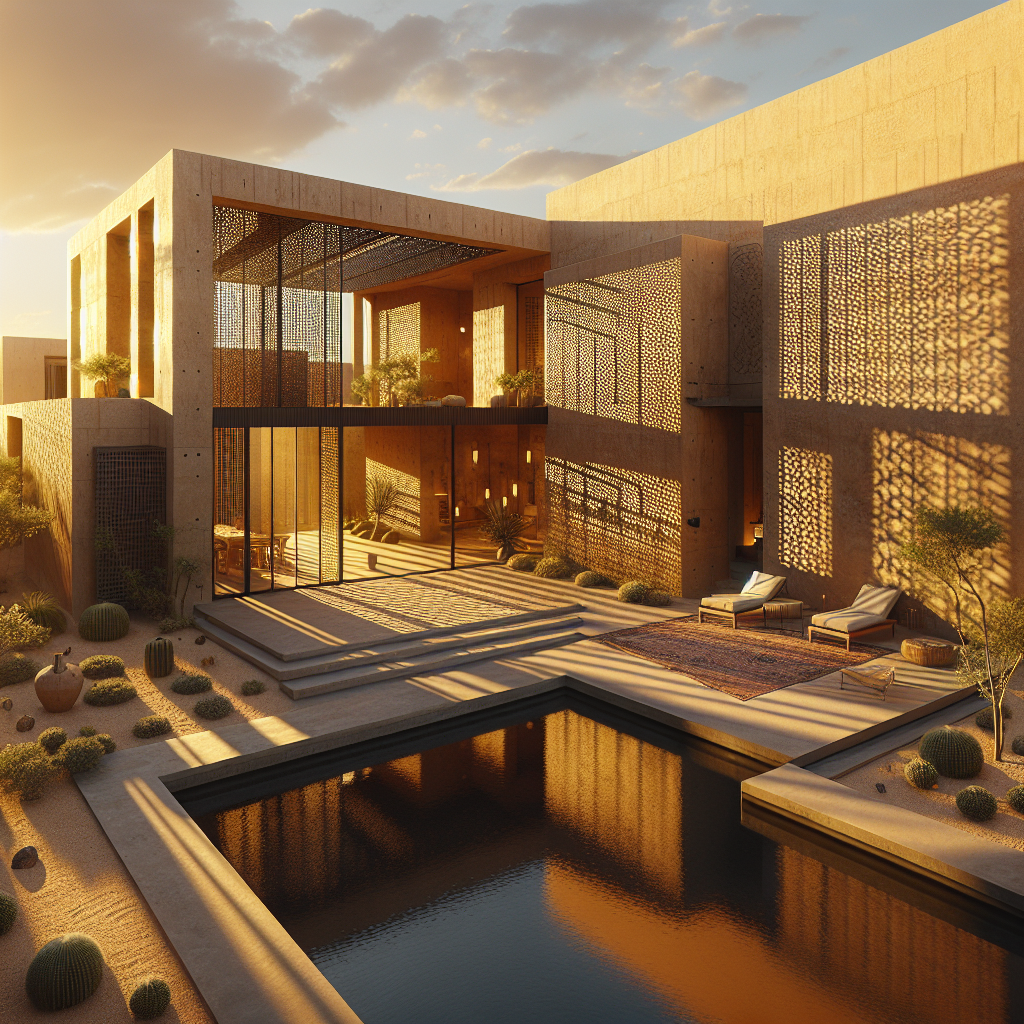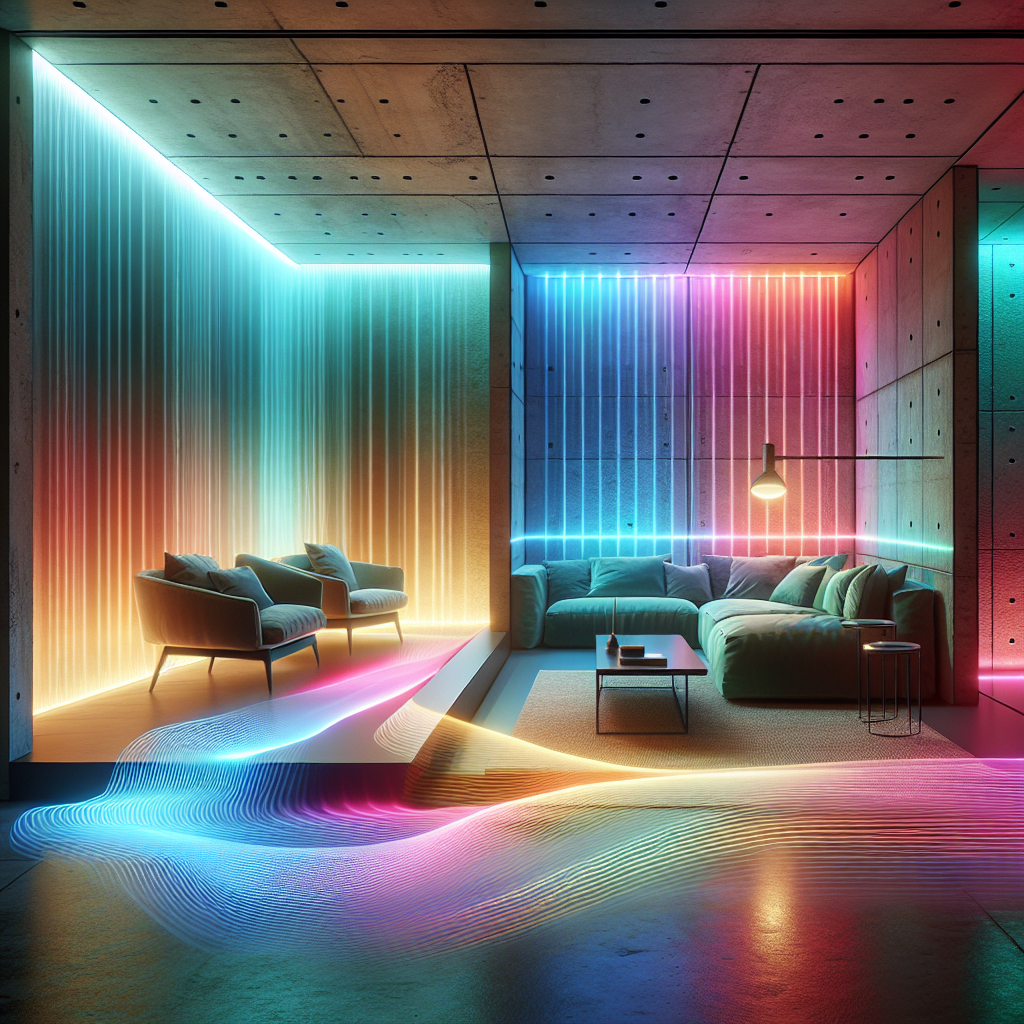Bold stripes revival: from maritime motifs to mesmerizing street façades
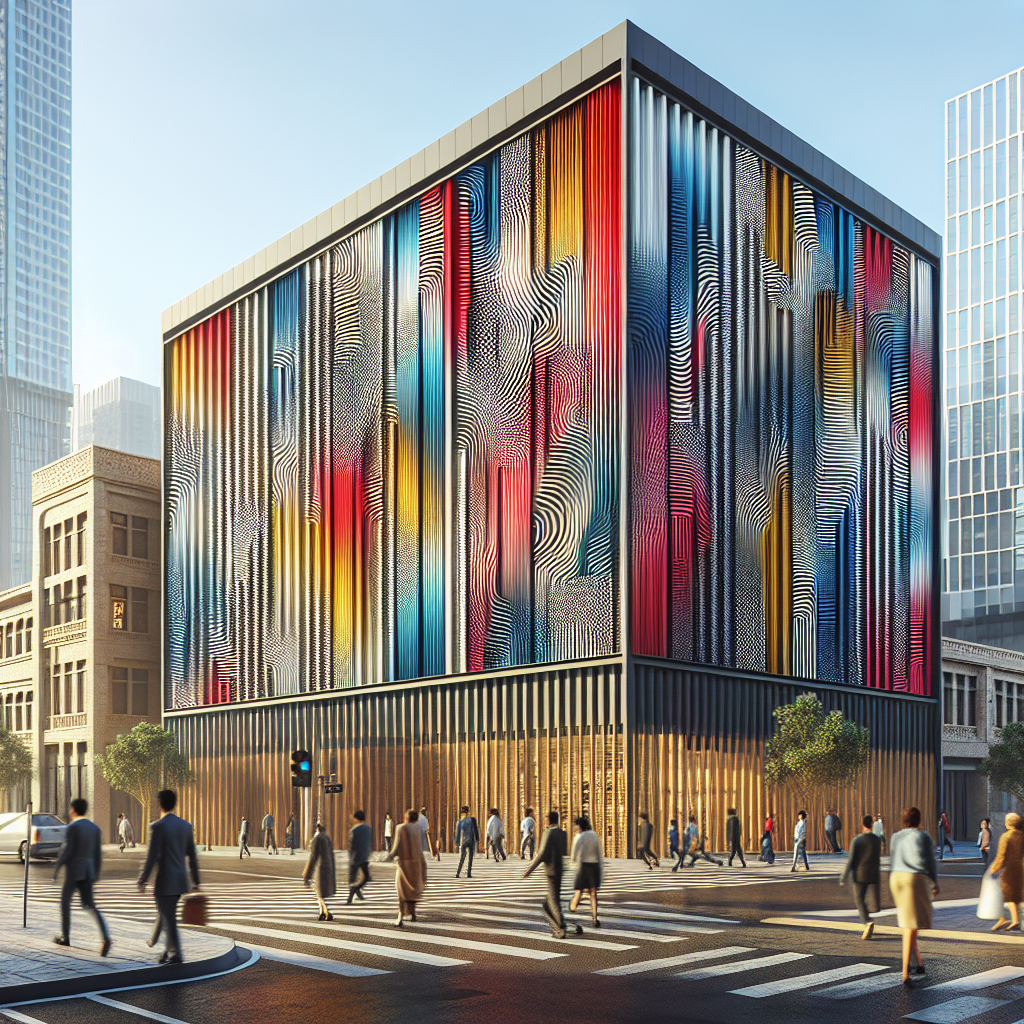
Bold Stripes Revival: From Maritime Motifs to Mesmerizing Street Façades
In the ever-evolving landscape of architecture and design, trends ebb and flow, resurfacing with fresh interpretations and innovative applications. Among the latest resurgences captivating architects and designers alike is the bold stripes revival. Once confined to nautical themes and classic interiors, stripes have now ventured beyond their maritime origins, transforming urban façades into mesmerizing canvases of optical delight. From dynamic street murals to striking building exteriors, this trend offers a compelling visual language that engages, excites, and inspires.
Maritime Roots: The Timeless Appeal of Stripes
Historically, stripes have long been synonymous with maritime culture, their crisp, alternating bands of color adorning sailors’ uniforms and coastal décor. Originating from the Breton shirt worn by French sailors in the 19th century, the striped motif became an enduring symbol of nautical chic. This timeless aesthetic, characterized by simplicity and elegance, effortlessly transitioned into interior design, fashion, and visual arts, maintaining its relevance across decades.
Yet, what makes stripes so universally appealing? According to visual perception studies, stripes naturally draw the eye, creating a sense of rhythm and movement. This inherent dynamism makes them ideal for architectural applications, allowing designers to manipulate spatial perception and visual experience effectively.
Architectural Reinvention: Stripes in Urban Contexts
Today, architects and urban planners are embracing bold stripes as a powerful tool to invigorate cityscapes. Striped façades have emerged as a vibrant response to the monotony of urban environments, injecting energy and visual intrigue into otherwise conventional structures. This approach not only revitalizes the aesthetic landscape but also serves practical purposes, such as wayfinding, spatial delineation, and enhancing architectural identity.
A prime example of this architectural innovation is the “Colorium” building in Düsseldorf, Germany. Designed by British architect William Alsop, the structure features a façade adorned with vibrant, irregular stripes, creating a captivating visual spectacle that transforms with shifting daylight. Similarly, the “La Muralla Roja” housing complex in Calpe, Spain, designed by Ricardo Bofill, utilizes bold vertical stripes in vivid shades of red and blue, redefining residential architecture through color and geometry.
Optical Illusions and Spatial Dynamics
One of the most compelling aspects of striped façades is their ability to create optical illusions, manipulating perceptions of depth, scale, and movement. Architects harness this visual phenomenon to craft buildings that appear dynamic and interactive, even when static. For instance, the “Moire Patterns in Architecture” explored in a recent article on Mainifesto highlights how layered screens and striped patterns produce mesmerizing optical illusions, enhancing viewer engagement and architectural impact.
The kinetic quality of stripes also aligns seamlessly with contemporary architectural movements, such as responsive and kinetic façades. As discussed in Mainifesto’s exploration of responsive architecture, buildings equipped with moving panels and adaptive shading systems often employ striped patterns to amplify visual effects, further blurring the lines between static structures and dynamic installations.
Interior Innovations: Stripes Beyond the Surface
While exterior applications dominate the bold stripes revival, interior designers are equally embracing this trend, integrating stripes into spaces to define zones, create visual rhythm, and enhance spatial experiences. From striking wall treatments to innovative flooring solutions, stripes offer endless possibilities for interior expression.
Consider the recent surge in popularity of striped terrazzo flooring, as detailed in Mainifesto’s analysis of the terrazzo renaissance. Designers are utilizing bold, contrasting stripes within terrazzo compositions to delineate functional areas, guide circulation, and introduce playful visual dynamics into interiors. This approach not only enriches aesthetic appeal but also enhances spatial clarity and user experience.
Sustainability and Material Innovation
The bold stripes revival also intersects with contemporary sustainability goals, encouraging architects and designers to explore innovative materials and environmentally conscious practices. Projects employing reclaimed or biodegradable materials often utilize striped patterns to emphasize material textures and origins, aligning aesthetic choices with ecological responsibility.
For example, Mainifesto’s recent feature on biodegradable architecture highlights how architects incorporate striped motifs using natural, compostable materials like bamboo, cork, and reclaimed timber. These materials, arranged in rhythmic striped patterns, not only elevate visual interest but also underscore a commitment to sustainable design principles.
Future Directions: Stripes in the Digital Age
As architecture and design continue to evolve in response to technological advancements, the bold stripes revival is poised to embrace digital innovations. Emerging technologies such as augmented reality (AR) and digital fabrication offer exciting possibilities for incorporating dynamic, interactive striped patterns into built environments.
Imagine façades that shift colors and patterns in response to environmental conditions or user interactions, as explored in Mainifesto’s article on augmented reality in design innovation. These digitally enhanced striped surfaces could revolutionize architectural expression, creating immersive, responsive environments that adapt to occupants’ needs and preferences.
Conclusion: A Timeless Trend Reimagined
The bold stripes revival exemplifies the cyclical nature of design trends, demonstrating how classic motifs can be reinterpreted and revitalized to address contemporary challenges and aspirations. From their maritime origins to their current architectural renaissance, stripes continue to captivate and inspire, offering designers a versatile visual language to explore spatial dynamics, optical illusions, sustainability, and technological innovation.
As urban landscapes evolve, the integration of bold stripes promises to enhance architectural diversity, enrich visual experiences, and foster deeper connections between people and their built environments. Embracing this timeless trend, architects and designers have the opportunity to craft spaces that are not only visually compelling but also meaningful, sustainable, and forward-thinking.
Further Reading and Exploration
For those intrigued by the bold stripes revival and its broader implications for architecture and design, consider exploring related topics such as optical illusions, responsive architecture, and sustainable architecture. These resources provide valuable insights into the principles and practices shaping contemporary design discourse.
Additionally, Mainifesto’s extensive archive offers numerous articles exploring related trends and innovations, from kinetic façades to biodegradable materials, providing readers with comprehensive perspectives on the evolving landscape of architecture and design.
